
views
X
Research source
If you look around and see something white and made by humans, there's a good chance this chemical is the source of that white color. Soap-making hobbyists use titanium oxide as their go-to whitener, but you'll need to mix it with water or oil first if you want your soap to have an even color.
Is titanium dioxide water-soluble or oil-soluble?
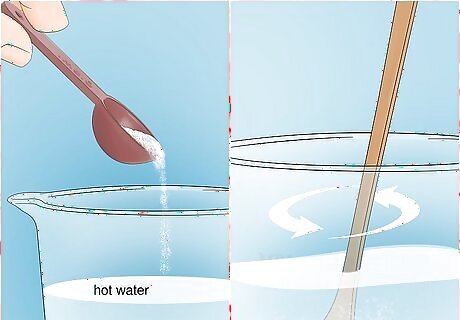
Titanium dioxide is mainly oil-soluble, but some forms can be mixed in water. Titanium dioxide doesn't normally dissolve in water. That said, you can buy types of titanium dioxide that disperse in water well enough to use in soapmaking. If you're not sure what kind you have, test it! Just stir a small amount of powder into hot water and see if it dissolves.
What kind of titanium dioxide do you need for DIY crafts?
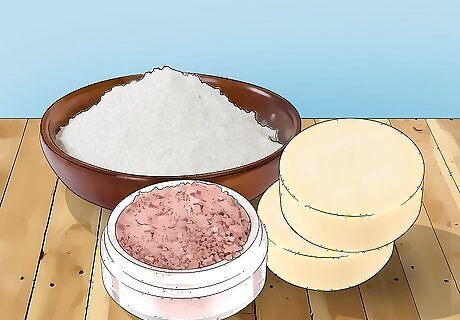
The only kind you need is pigment-grade titanium dioxide. Almost all titanium dioxide you can find is pigment-grade, and you can use that to color homemade products like soap or cosmetics. Avoid the much less common ultrafine or nanoscale titanium dioxide. This is ground so fine that it won't reflect visible light, so it's no good as a whitener.
How much titanium dioxide do you add to soap?
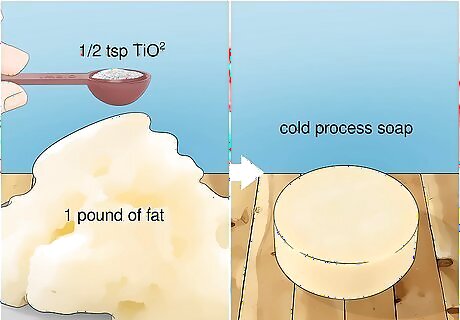
Use 1/2 tsp TiO2 per pound of fat to make white cold process soap. (That's roughly 5 mL per kg, metric users.) This is enough to make a pure white soap, or to lighten another color into a pastel shade. You don't need to be super exact—just mix at least this much, so you're ready to experiment while making your soap.
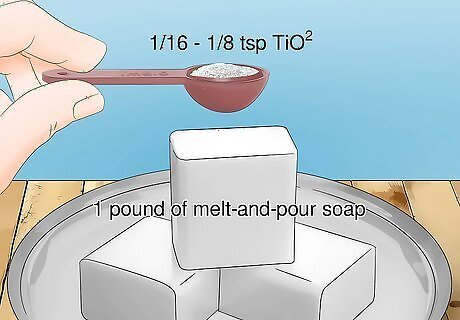
Measure 1/16 to 1/8 tsp TiO2 per pound of melt-and-pour soap. (That's about 0.6 to 1.3 mL per kg.) Melt and pour soaps don't need as much titanium dioxide as other methods.
How do you mix titanium dioxide for making soap from scratch?
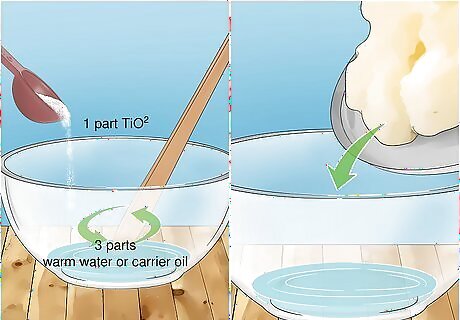
Stir 1 part part TiO2 into 3 parts warm water or carrier oil. (Melted coconut oil or palm oil work well, but you can use any carrier oil found in soap recipes.) Titanium dioxide can take quite a while to mix, so put on your favorite music and keep stirring until there are no white specks visible. You'll end up with a concentrated mix that you can stir into soap bases. Some forms of titanium dioxide will only disperse in oil, while others can be used with either water or oil. Mixing it in water is usually faster and easier than oil, but oil has a lower risk of creating congealed cracks in your soap. If you're using oil, it can be easier to mash the ingredients together in a sealed ziplocked bag by running a paper towel back and forth over it. A handheld electric frother is another way to speed things up.
How do you mix titanium dioxide for melt-and-pour soap?
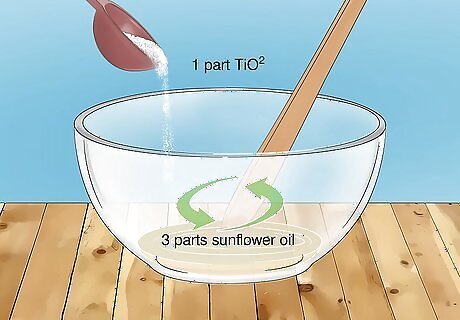
Stir 1 part TiO2 into 3 parts warm carrier oil. You can add it straight to your glycerin (clear melt-and-pour soap), but using a carrier oil like sunflower oil will give you a more even texture. Stir or blend until there are no white speckles and the mixture is one even white color. (This might take a while!) You can skip this step and mix directly into the soap, but that tends to make a slightly speckled soap.
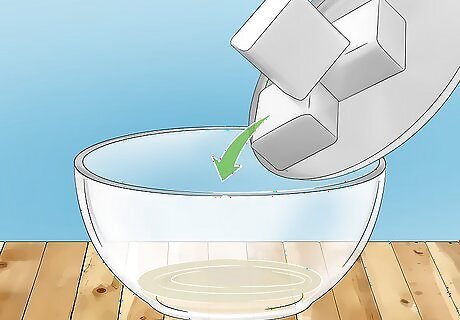
Mix this into melted glycerin. Melt a chunk of clear soap, enough to store in a small plastic cup. Stir the titanium dioxide and oil mixture into the melted soap until it's one even white color. Once that's set, you have a piece of white soap—just break pieces off and add it to your melt-and-pour mixtures whenever you want to make them lighter in color. It's easy enough to find white melt-and-pour soaps that have already been colored with titanium dioxide if you want to save yourself some work.
How do you add the titanium dioxide mix to hot or cold process soap?
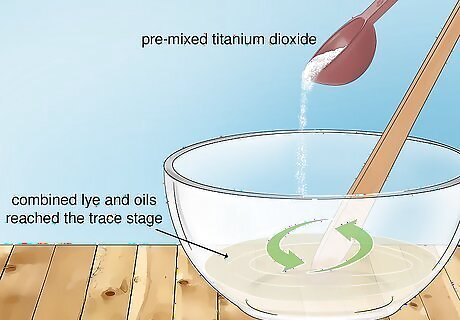
You can stir the mix in when you reach trace. Just like any colorant, it's time to stir in the pre-mixed titanium dioxide as soon as your combined lye and oils reach the trace stage. (That's when the soap still pours off a spoon, but leaves a trace on the mixture when it falls back down.) All you need to stir it is a spatula—no need to pick up the stick blender for this step. Titanium dioxide sometimes cause a cracked look called glycerin rivers, especially when mixed with water instead of oil. This isn't a major issue, but if you want to avoid it, try using a little less water in the soap, lowering the soaping temperature slightly, and/or getting more air flow over the soap mold.
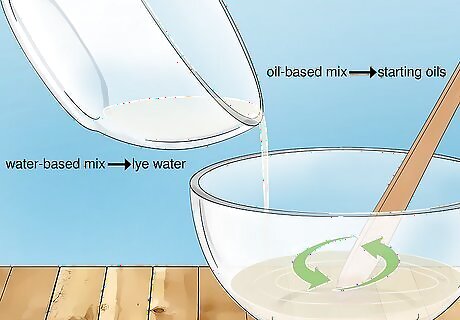
You can add the dioxide at the beginning instead. You can stir an oil-based mix into your starting oils, or a water-based mix into your lye water. Oxides survive the heating process just fine, so this works well if you want a whole batch of white soap and don't plan on doing any fancy color combinations later.
Is titanium dioxide safe to use in cosmetics?
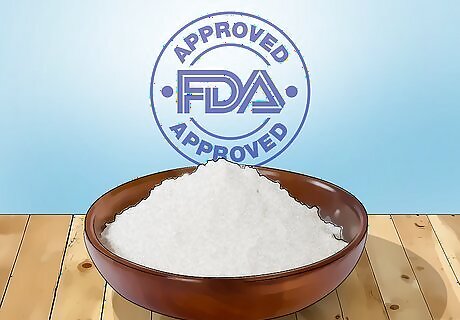
Titanium dioxide is considered safe by the US FDA. Pigment-grade titanium dioxide is often added to soaps, makeup, and toothpaste. The US FDA considers it safe even for products like eyeshadow that are used near sensitive areas.
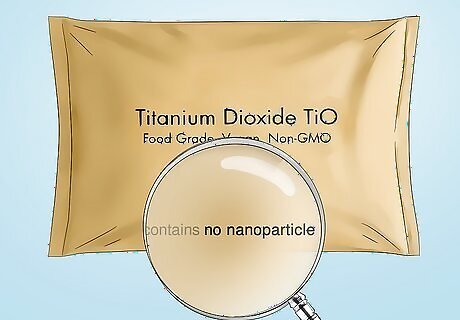
There are signs of danger only in very specific cases. When ground into extremely fine nanoparticles, titanium dioxide could be small enough to damage skin and lungs. This is a small percentage of all titanium dioxide made. Even then, the risk is small and mostly a concern for workers exposed to it for years, not people using it at home. If you're worried about this, read the product info before buying to look for a "no nanoparticle" guarantee.




















Comments
0 comment